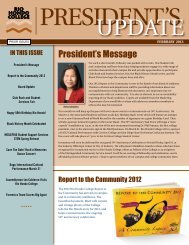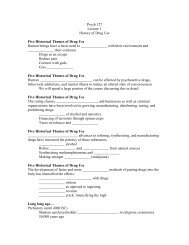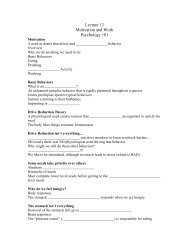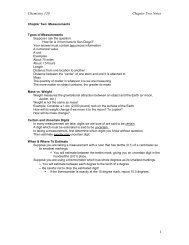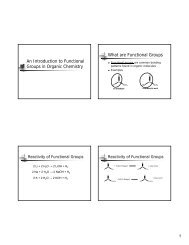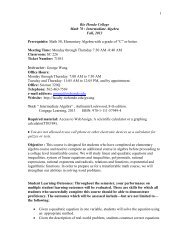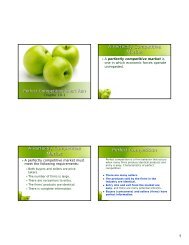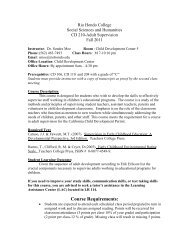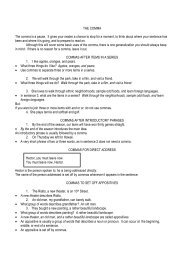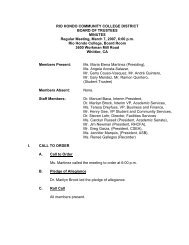Green Building and LEED Core Concepts Guide First Edition
Green Building and LEED Core Concepts Guide First Edition
Green Building and LEED Core Concepts Guide First Edition
Create successful ePaper yourself
Turn your PDF publications into a flip-book with our unique Google optimized e-Paper software.
The drivers of transportation impacts include location, vehicle technology, fuel, <strong>and</strong> human behavior.<br />
Location determines the number ·<strong>and</strong> frequency of trips. Vehicle technology determines me<br />
quantity <strong>and</strong> types of energy <strong>and</strong> support systems needed to convey people <strong>and</strong> goods to <strong>and</strong> from<br />
the site. Fuel determines the environmental impact of vehicle operation. Human behavior ultimately<br />
combines all of these elements in daily mobilitychoices. <strong>Green</strong> building's emphasis on integrative<br />
approaches calls forthe coordinated, synergistic consideration for each of these elements.<br />
In practice, green building often assesses the elements of transportation through proxy measures<br />
<strong>and</strong> metrics. For example, density st<strong>and</strong>s in for many clements of.l<strong>and</strong>-use design. Project sites in<br />
urban areas are likely to have the density required for the sustainable operation of mass transportation-<br />
systems that are less energy intensive than single-passenger vehicles. By building in a relatively<br />
high density area or on an inflll site already served by mass transit, the project can reduce the<br />
vehicle miles traveled byits occupants <strong>and</strong> visitors <strong>and</strong> more easily integrate into existing transportation<br />
nenvorks.<br />
Sites without access to public transportation start at a<br />
disadvantage <strong>and</strong> may require additional attention to<br />
transportation impacts, particularly local l<strong>and</strong>-use design<br />
<strong>and</strong> alternative fuels. It is still possible for such a project<br />
to substantially reduce its transportation impacts by<br />
focusing on local connectivity <strong>and</strong> the energy efficiency of<br />
the vehicles used to serve its needs. For example, an office<br />
complex without transit access might provide incentives for<br />
carpooling, incorporate diverse l<strong>and</strong> uses that allow workers<br />
to walk to basic services, or facilitate the use of alternativefuel<br />
vehicles like plug-in hybrids.<br />
Consideration for transportation provides many opponunities for integrative planning, such as<br />
specifications for parking. Typically, parking is sized for annual extreme events, like shopping on<br />
the dayafterThanksgLvingj during the other364 days of the year, parking capacity is unused, <strong>and</strong> unnecessary<br />
expanses of asphalt or concrete have environmental impacts, causing urban heat isl<strong>and</strong>s<br />
<strong>and</strong> storm\Vater runoff. A project team can reduce the number of parking spaces provided for singlepassenger<br />
vehicles, thereby discouraging vehicle use, reducing environmental impacts, <strong>and</strong> loweringthe<br />
cost of construction. Project teams cango funher <strong>and</strong> designate preferred parking spaces for<br />
altcrnative-fuel vehicles. Incentives for low-impact behavior may become more appealing as technologies<br />
like plug-in hybrids become more common.<br />
2.<br />
<strong>Green</strong> <strong>Building</strong> <strong>and</strong> <strong>LEED</strong> <strong>Core</strong> <strong>Concepts</strong> <strong>Guide</strong>



